Search
Did you mean: Gaul?
Remove Ads
Advertisement
Summary 
Loading AI-generated summary based on World History Encyclopedia articles ...
Search Results
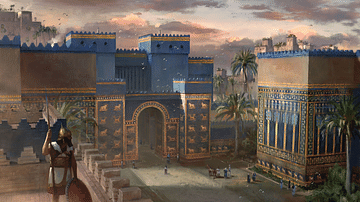
Definition
Ishtar Gate
The Ishtar Gate was constructed by the Babylonian King Nebuchadnezzar II circa 575 BCE. It was the eighth gate of the city of Babylon (in present-day Iraq) and was the main entrance into the city. The Ishtar Gate was part of Nebuchadnezzar's...
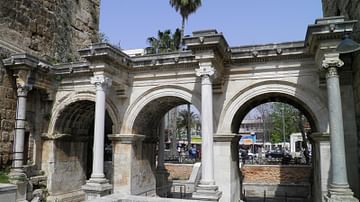
Image
Gate of Hadrian, Antalya
Hadrian's Gate in Antalya (Turkey) was built in honor of the Roman emperor Hadrian, who visited the Roman city (Attaleia) in 130 CE.
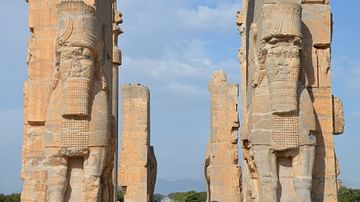
Image
Gate of All Nations, Persepolis
The east side of the Gate of All Nations (also known as the Gate of Xerxes) in Persepolis (Iran), built by Xerxes I (r. 486-465 BCE). The gate was flanked by two monumental statues of lamassu, winged bulls with human heads, who were thought...
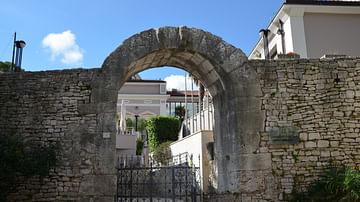
Image
Gate of Hercules, Pula
The so-called Gate of Hercules is the oldest city gate in Pula (Croatia). Architecturally modest, it stands as a single-arched stone gate with, at the top, a worn carving relief of the head of Hercules with his club. The gate was built during...
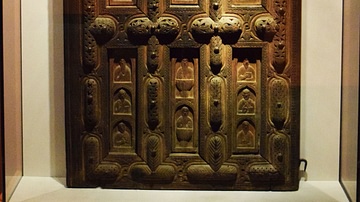
Image
Gate to a Medieval Georgian Church
The Chukuli Gate, which once adorned the south entrance to the Chukuli Church in Chukuli, Lower Svaneti in western Georgia, is decorated with 22 representations of saints and open-work ornamental segments. It dates from the 11th century CE...
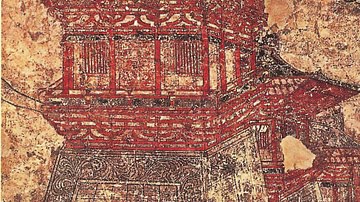
Image
Gate Towers, Chang'an
A wall painting from Prince Yide's tomb, Xian, China, depicting a towered gate of Chang'an, capital of the Western Han and Tang Dynasties, amongst others. Tang Era (618-907 CE).
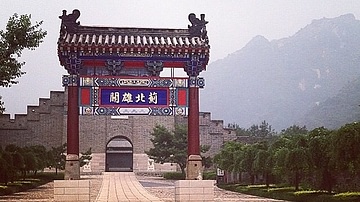
Image
Gate of the Great Wall of China
The Gate of the Great Wall of China, begun during the Qin Dynasty (221-206 BCE).
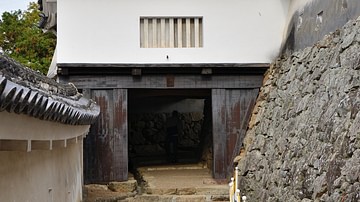
Image
Gate, Himeji Castle
One of the surviving 21 gates of Himeji Castle, Hyogo Prefecture, Japan. Built as a samurai fortress in 1581-1609 CE.
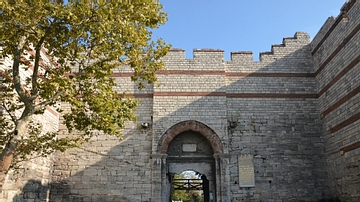
Image
Gate, Theodosian Walls
One of the ten gates of the Theodosian Walls of Constantinople, completed c. 413 CE.
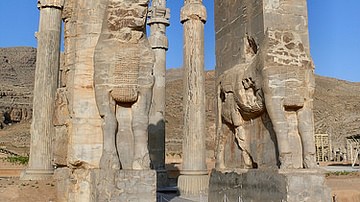
Image
All Nations Gate at Persepolis
Western view of the "All Nations Gate" at Persepolis, located in present-day Iran. This gate was not on Darius the Great's initial plan for Persepolis but was added by his son and successor, Xerxes. The initial main entrance of the palace...